1. Beavers Build Wetlands That Act as Natural Water Filters
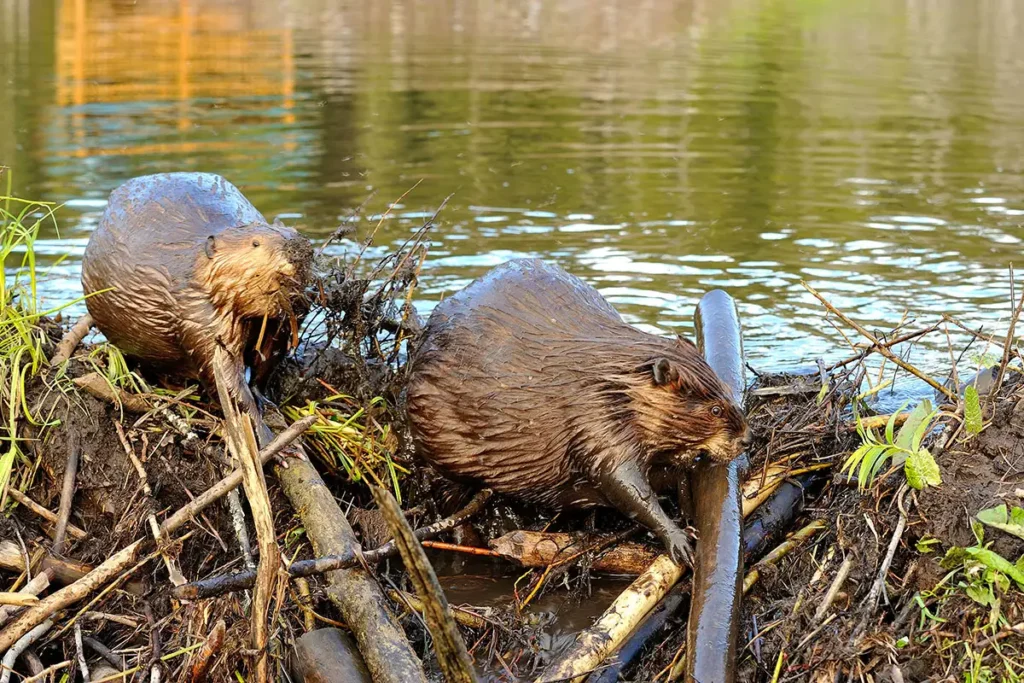
When beavers construct their elaborate dams, they don’t just create ponds—they filter and purify water along the way. Their dams slow down rivers, allowing sediment and pollutants to settle, naturally cleaning the water before it continues downstream.
Studies have shown that beaver wetlands can trap excess nitrogen and phosphorus, two major contributors to water pollution. In agricultural areas where runoff from farms contaminates rivers, beaver-engineered wetlands can act as a crucial buffer, preventing toxic algal blooms that destroy aquatic life. Essentially, beavers are performing a job that would otherwise require expensive human-engineered filtration systems. And they do it for free, tirelessly working day and night with nothing but their teeth, instincts, and an impressive work ethic.
2. Their Dams Help Prevent Droughts and Store Water for Dry Seasons
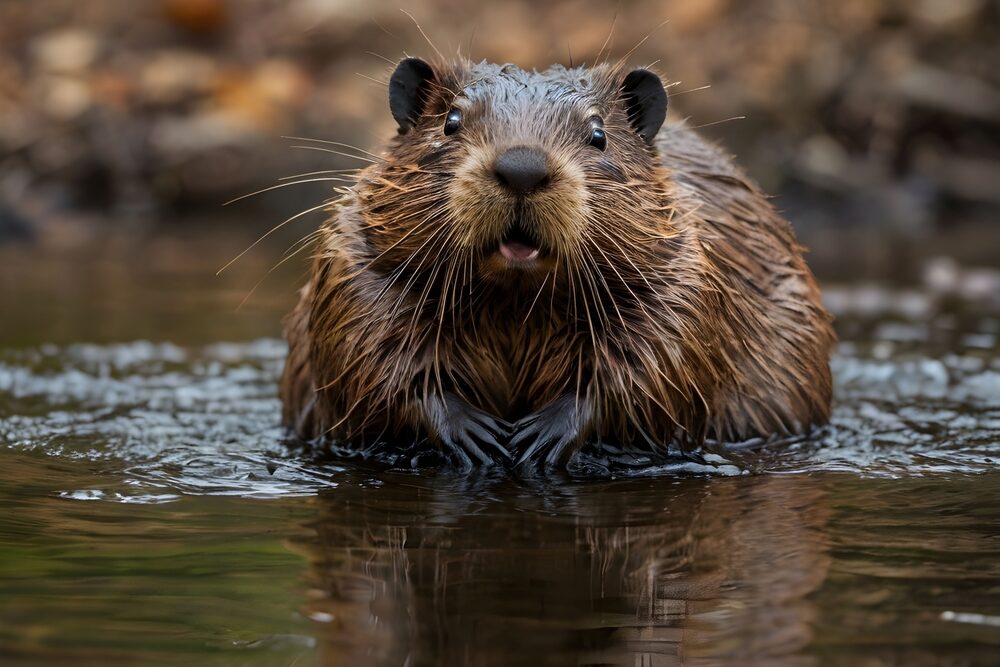
In a world where droughts are becoming more frequent, beavers might be the unlikely heroes we need. By creating ponds and wetlands, their dams act as giant sponges, storing water during wet seasons and slowly releasing it when the landscape dries out.
Researchers have found that streams with beaver activity maintain higher water levels during droughts compared to those without. This means farmers, wildlife, and even human communities downstream benefit from a steady water supply long after the rains stop. It’s no wonder some conservationists are advocating for beaver reintroductions in areas suffering from water shortages. Letting beavers do what they do naturally might just be one of the simplest and most effective ways to combat drought.
3. Beavers Create Habitats That Support Hundreds of Other Species
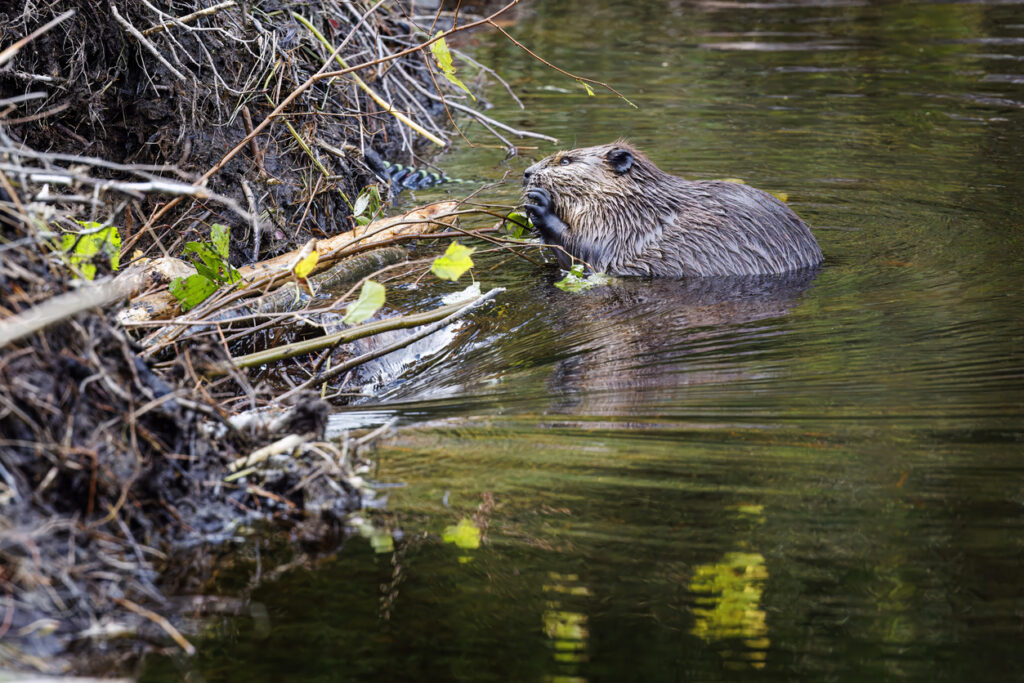
A single beaver dam can transform a dry, lifeless stream into a vibrant, biodiverse wetland teeming with life. Frogs, fish, birds, insects, and even large mammals thrive in the habitats beavers create. For example, in North America, beaver ponds provide crucial breeding grounds for endangered species like the Oregon spotted frog and support healthy fish populations by creating cooler, deeper waters. In some areas, scientists have observed an increase in biodiversity of up to 50% after beavers move in. Their construction projects create food sources, shelter, and a stable water supply—all essential ingredients for a thriving ecosystem.
4. They Help Fight Wildfires—Yes, Really

Beavers might not carry hoses or wear firefighter helmets, but their wetlands act as natural firebreaks, slowing the spread of wildfires. When flames rip through dry forests and grasslands, beaver-created ponds and wetlands provide moist, fire-resistant refuges where animals can escape the blaze.
In recent years, scientists studying major wildfires in the U.S. found that areas with active beaver populations experienced significantly less burn damage. Their ability to hold water on the landscape creates natural fire resilience, something firefighters and land managers are taking more seriously. As climate change fuels more extreme wildfires, reintroducing beavers to fire-prone regions could be a surprisingly effective strategy to mitigate damage.
5. Beavers Can Reverse the Effects of Climate Change—One Dam at a Time
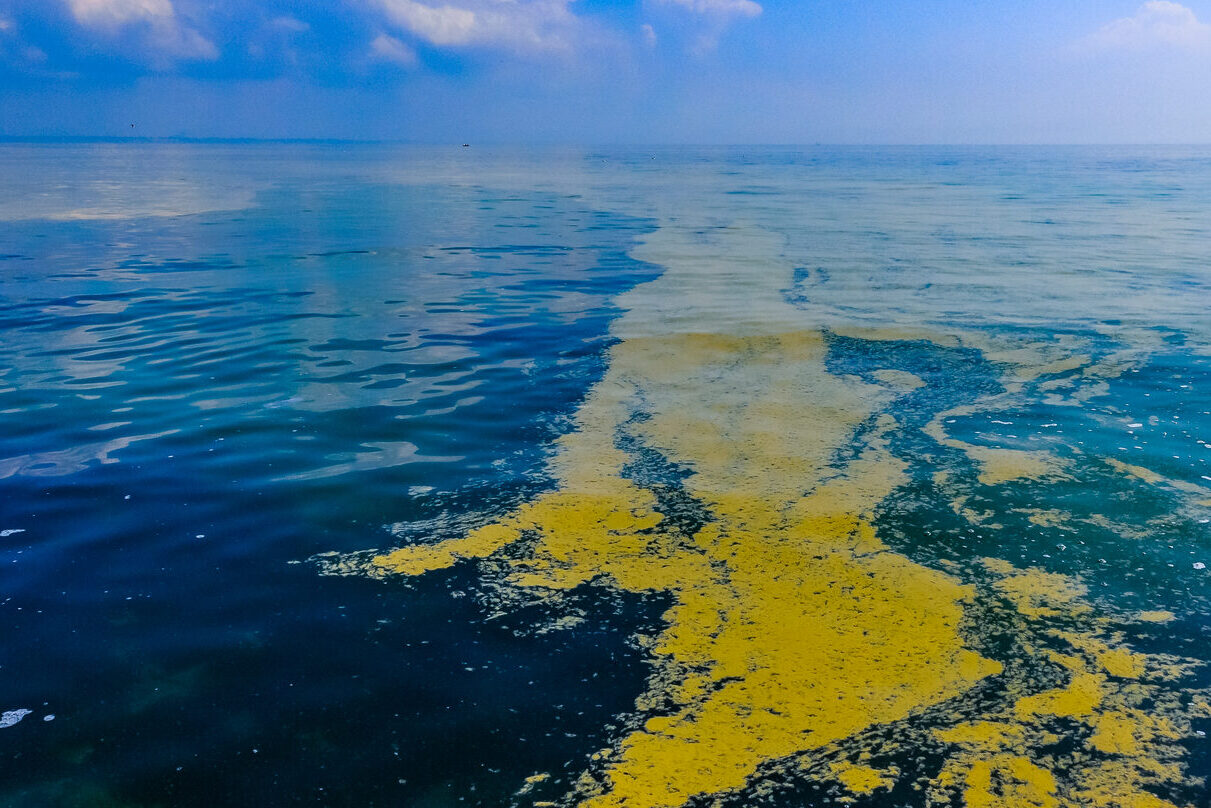
It sounds too good to be true, but beaver activity has been shown to help combat some of the most damaging effects of climate change. Their wetlands store carbon, reduce erosion, and stabilize ecosystems, making landscapes more resilient to rising temperatures and unpredictable weather.
By keeping water on the landscape, beavers reduce the risk of flash floods, which are becoming more common due to extreme rainfall events. Their ponds also absorb carbon dioxide from the atmosphere, acting as natural carbon sinks that help slow global warming. So while humans debate massive infrastructure projects to address climate issues, beavers are quietly making a difference—one stick, one dam, one wetland at a time.
6. Instead of Controlling Beavers, Scientists Say We Should Work With Them
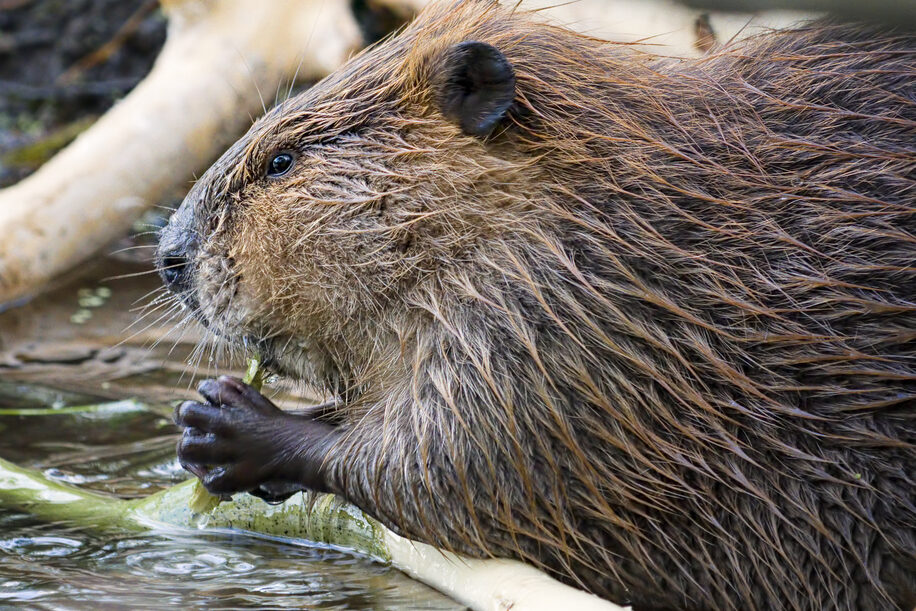
For decades, beavers were seen as pests—creatures that flooded roads, damaged crops, and disrupted human infrastructure. But now, scientists are urging communities to rethink their approach. Instead of removing beavers, experts suggest designing infrastructure that works with their natural behaviors.
Some cities and conservation groups are already implementing “beaver coexistence” strategies, like installing flow devices that allow water to move through dams without flooding nearby areas. Others are actively reintroducing beavers to degraded landscapes to restore lost wetlands and improve water management. The truth is, these furry engineers have been shaping ecosystems for millions of years—long before humans ever built cities and roads. And as we face mounting environmental challenges, it might be time to let them take the lead once again


